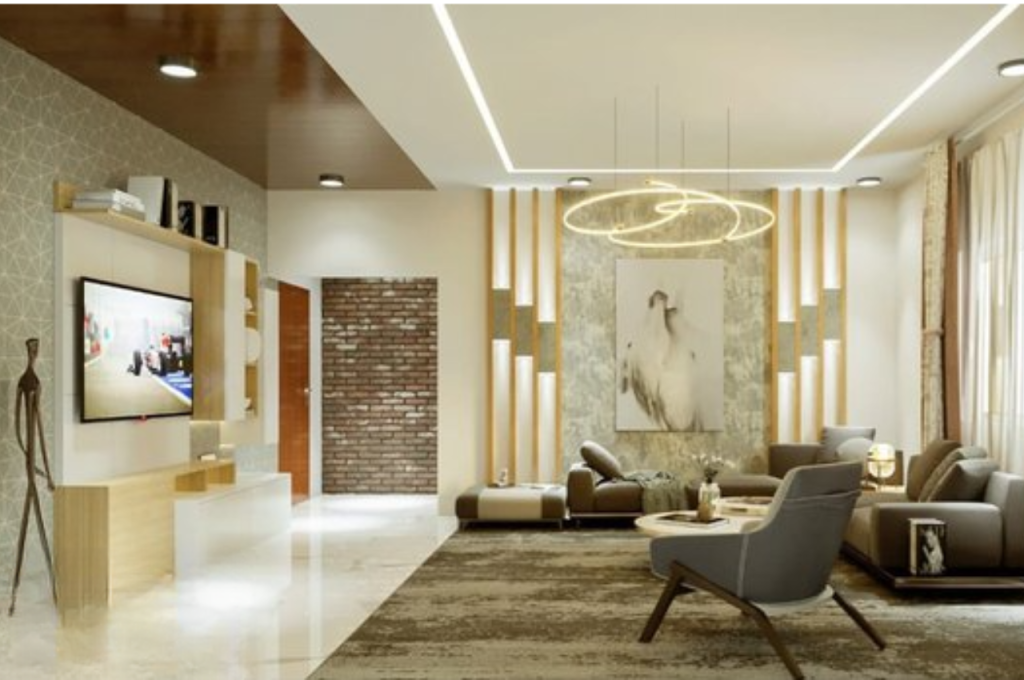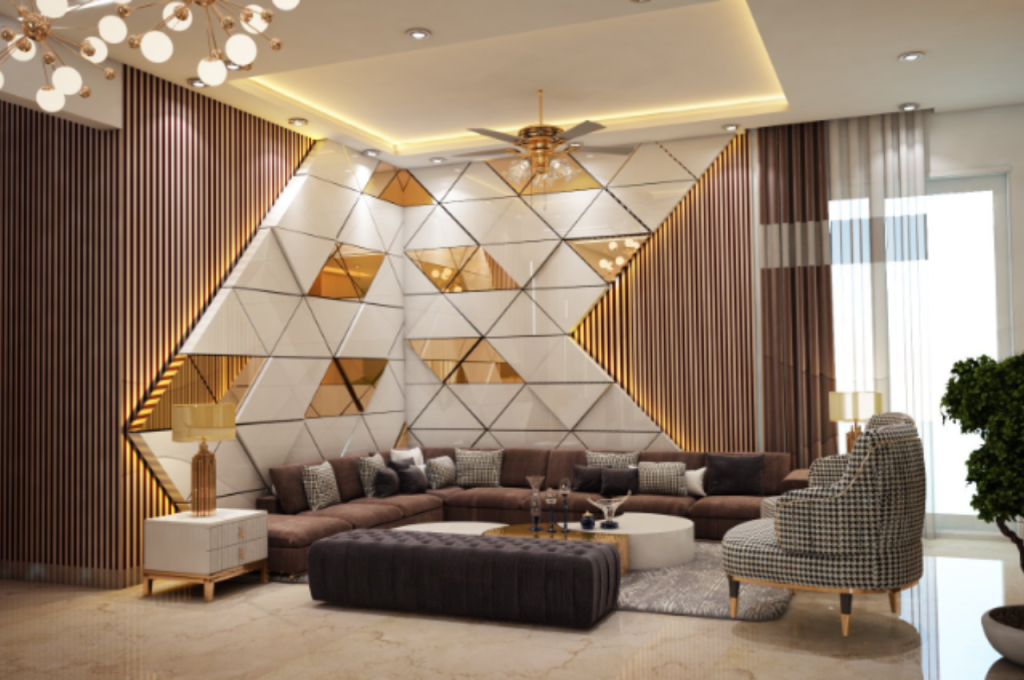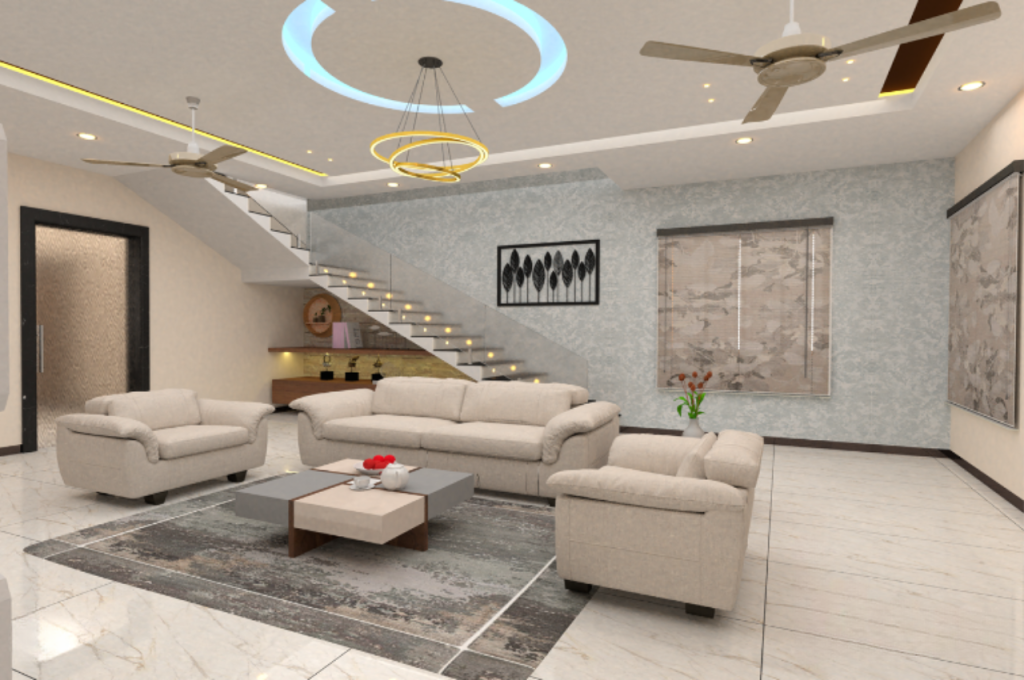The best interior designer is subjective and depends on personal taste. Each designer brings a unique style and approach to their work, making it difficult to pinpoint a single “best” designer.
Factors to consider include design aesthetics, budget, and project scope. Clients should research designers, view portfolios, and meet with potential candidates to find the right fit for their specific needs. By evaluating previous work, communication skills, and overall vision, clients can select an interior designer who aligns with their design preferences and project requirements.
Ultimately, the best interior designer is the one who can bring the client’s vision to life and create a functional and beautiful space that exceeds expectations.
The Art of Interior Design
Interior design is more than just arranging furniture and selecting paint colors, it’s a form of art that encompasses creativity, style, and functionality. Here are some key aspects that highlight the artistry of interior design:

Defining Interior Design
Interior design is the art of enhancing the interior spaces of a building to create a visually pleasing and functional environment.
Evolution of Interior Design
Over time, interior design has evolved from simple decoration to a sophisticated profession that combines aesthetics with functionality.
Traits of A Top Interior Designer
The traits of a top interior designer include exceptional creativity, attention to detail, and a deep understanding of client needs. They possess a keen eye for aesthetics and can transform spaces into stunning havens that reflect their clients’ personalities and style preferences.
With their expertise and vision, they curate harmonious color palettes, select the perfect furniture, and bring forth unique design elements that make them the best in their field.
Creativity and Innovation
A top interior designer is highly creative and innovative, with the ability to think outside the box and envision unique design concepts. They incorporate fresh ideas to create truly one-of-a-kind spaces, reflecting the individuality of each client.
Attention to Detail
Meticulous attention to detail sets the best interior designers apart. They have an eye for precision, ensuring that every aspect of the design, from furniture placement to lighting, harmonizes seamlessly to achieve a cohesive and polished look.
Client-centric Approach
A client-centric approach is crucial for a top interior designer. They prioritize understanding their client’s preferences and needs and then tailor their designs to reflect the client’s personality and lifestyle, ensuring complete satisfaction.
Exploring the Best Interior Designers
When it comes to creating beautiful spaces that reflect our style and enhance our quality of life, finding the right interior designer is crucial. With so many talented professionals in the industry, it can be difficult to determine who is the best interior designer for your project. In this article, we will explore famous interior designers who have made a significant impact in the industry, as well as rising stars who are quickly gaining recognition for their innovative designs.
Famous Interior Designers
If you’re looking for inspiration from the best in the business, several renowned interior designers have left a lasting impression on the industry. These designers have built a strong reputation for their exceptional talent and ability to transform any space into a work of art.
- Jonathan Adler: Known for his modern and chic designs, Jonathan Adler is a leading name in interior design. With his bold use of color and luxurious materials, Adler creates spaces that are both playful and sophisticated.
- Kelly Wearstler: With a distinctive aesthetic that combines glamour and eclecticism, Kelly Wearstler has become a sought-after designer for high-end residential and commercial projects. Her unique vision and artistic approach have earned her a prominent place in the industry.
- Nate Berkus: Recognized for his approachable and timeless designs, Nate Berkus has gained popularity through his TV appearances and best-selling books. His ability to create spaces that reflect the personality and lifestyle of his clients has made him a household name.
Rising Stars in The Industry
In addition to established names, the interior design industry is also buzzing with fresh talent and rising stars. These designers may be relatively new to the scene, but they are already making waves with their innovative concepts and fresh perspectives.
- Shea McGee: As the co-founder of the Studio McGee design firm and popular Netflix show “Dream Home Makeover,” Shea McGee has quickly gained recognition in the industry. Her signature style, characterized by a blend of modern and traditional elements, has won the hearts of many.
- Bobby Berk: Best known for his role in the hit series “Queer Eye,” Bobby Berk is not only an accomplished interior designer but also a talented furniture designer. His ability to create functional and stylish spaces has garnered him a strong following.
- Justina Blakeney: With her bohemian-inspired designs and vibrant use of color, Justina Blakeney has become synonymous with laid-back and eclectic interiors. Her distinct style has propelled her to success, with a dedicated following on social media and numerous collaborations.
Whether you seek inspiration from renowned names or desire a fresh perspective from the rising stars, the best interior designer for your project is ultimately a matter of personal preference. These talented individuals, both established and emerging, continue to push boundaries and define the ever-evolving world of interior design.
Unveiling the Creative Process
The creative process in interior design unfolds as a dynamic journey characterized by inspiration, ideation, and meticulous implementation. From the initial spark of inspiration to the final execution, each stage plays a pivotal role in shaping the aesthetic and functional aspects of a space. Here’s a closer look at the stages involved in unveiling the creative process:

Inspiration and Ideation
Behind every great interior design is a creative process that begins with inspiration and ideation. It’s the stage where interior designers tap into their imagination and let it run wild. They explore various sources of inspiration, including nature, art, fashion, and architecture, to find unique ideas that will breathe life into their designs.
Design Development and Implementation
Once the initial inspiration has been captured, the design development and implementation phase takes shape. During this stage, the interior designer begins translating their ideas into reality. They meticulously refine their concepts, considering factors such as functionality, aesthetics, and client requirements. This is where the magic happens as the designer collaborates with contractors, artisans, and suppliers to bring their vision to life.
The Impact of Interior Design
Interior design plays a crucial role in shaping the way we experience spaces. By carefully selecting and arranging elements such as furniture, lighting, colors, textures, and accessories, interior design enhances the functionality, ambiance, and overall appeal of spaces, whether residential, commercial, or public.
Creating Functional Spaces
Interior design optimizes the layout and organization of areas for practical usage. Through a strategic blend of aesthetics, functionality, and ergonomics, interior designers orchestrate spaces that cater to diverse needs, preferences, and activities.
Emotional and Psychological Effects
Interior design is a powerful medium that shapes our emotional experiences and mental states within spaces. By strategically employing elements such as colors, textures, and lighting, interior designers can evoke specific moods and mindsets. The careful selection of colors can create a sense of calm, energy, warmth, or serenity, influencing our emotions and overall well-being.
Challenges in the Interior Design Industry
The interior design industry faces numerous challenges in determining the best interior designer. However, the expertise, creativity, and attention to detail of an interior designer distinguish them as the top choice for creating remarkable spaces.
Balancing Creativity and Practicality
Finding the perfect balance between creativity and practicality is one of the major challenges in the interior design industry. On one hand, interior designers need to unleash their creative abilities to bring unique and visually appealing designs to life.
On the other hand, they must ensure that the designs are functional and meet the needs of the client. This delicate balance requires a deep understanding of the client’s preferences, lifestyle, and budget while also considering the practical aspects of the space. To strike this delicate balance, interior designers must constantly think outside the box to come up with innovative ideas that not only look stunning but also serve a purpose. This could involve clever storage solutions, space optimization, and the use of durable and low-maintenance materials. Designers need to think beyond aesthetics and consider the functionality of the space such as traffic flow, usability, and ergonomics.
Sustainability and Environmental Concerns
In recent years, sustainability and environmental concerns have increasingly become a challenge in the interior design industry. With the rising awareness of the impact of design choices on the environment, interior designers need to incorporate eco-friendly practices into their work. This includes sustainable sourcing materials, low VOC (Volatile Organic Compounds), and environmentally friendly. Designers also need to keep up with the latest advancements in eco-friendly technologies and products, such as energy-efficient lighting, recycled materials, and renewable energy sources. By embracing sustainable design principles, interior designers can not only contribute to a healthier environment but also cater to the growing demand for sustainable and ethical design solutions. To address these challenges, interior designers should stay updated with the latest trends and innovations in the industry. They can join professional organizations, attend trade shows, and engage in continuous learning.
By combining creativity, practicality, and sustainability, interior designers can overcome these challenges and create spaces that are visually stunning, functional, and environmentally friendly.
Behind the Scenes: What it Takes to Succeed
Have you ever wondered what it takes to become the best interior designer? It’s not just about having an eye for style and a passion for creativity. Behind the scenes, top interior designers have put in a lot of hard work, dedication, and skill to achieve success in this competitive industry. Let’s delve deeper into the key elements that contribute to their success.
Education and Training
Education and training play a pivotal role in shaping the career of an interior designer. Formal education in interior design or a related field provides the fundamental knowledge and skills required to thrive in this profession. Additionally, ongoing training and professional development keep designers abreast of the latest trends, technologies, and best practices. This commitment to continuous learning sets the foundation for success in the dynamic world of interior design.
Networking and Building A Portfolio
Building a strong network and an impressive portfolio is essential for any aspiring interior designer. Networking allows designers to connect with potential clients, industry professionals, and suppliers, opening doors to new opportunities and collaborations. Creating a robust portfolio that showcases diverse projects and design styles serves as a powerful marketing tool, demonstrating the designer’s capabilities and creativity to prospective clients. Successful interior designers adeptly leverage their network and portfolio to establish a prominent presence in the industry.
Handling Client Relationships
Client relationships are the cornerstone of a successful interior design career. Effective communication, understanding clients’ needs, and delivering exceptional service are paramount in building and maintaining a loyal client base. Ensuring client satisfaction and fostering positive relationships lead to repeat business and referrals, key factors in sustained success as an interior designer.
Defining the Ultimate Creative Genius
Interior designers possess the unique ability to transform spaces, breathe life into interiors, and evoke emotions through their creative vision. Their role extends beyond enhancing aesthetics to impacting lives and experiences, making them the ultimate creative geniuses in the world of design.

Impact of Great Interior Design
Great interior design has the power to influence emotions, enhance functionality, and create harmonious living environments. The deliberate use of lighting, color, and texture can evoke a sense of tranquility or excitement, ultimately shaping the way individuals experience and interact within a space.
Continuous Innovation and Adaptability
Successful interior designers are committed to continuous innovation and adaptability in their design approaches. They stay ahead of trends, embrace new technologies, and strive to create solutions that align with evolving lifestyle demands and preferences. Incorporating sustainable materials and smart technologies into designs showcases their dedication to creating spaces that are not only visually appealing but also eco-friendly and efficient.
Conclusion
In the realm of interior design, finding the best designer may seem like a daunting task. While there are many talented professionals to choose from, it’s essential to prioritize your style, budget, and vision.
Ultimately, the best interior designer is the one who aligns with your aesthetic and brings your dream space to life.

